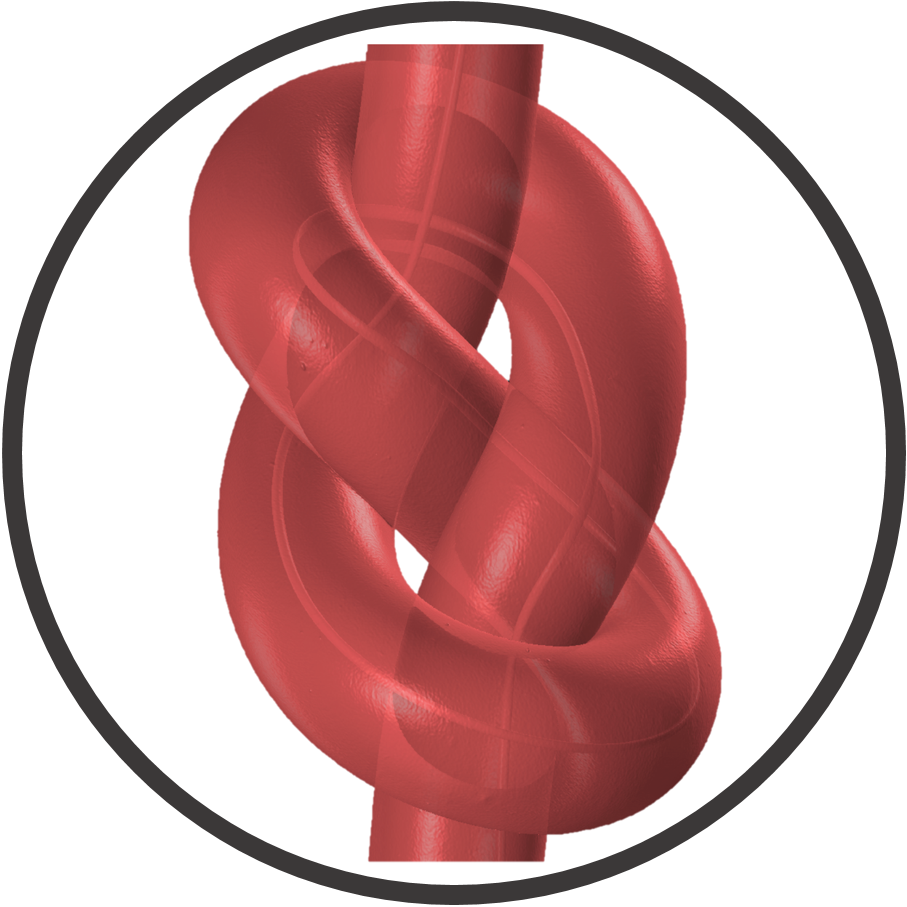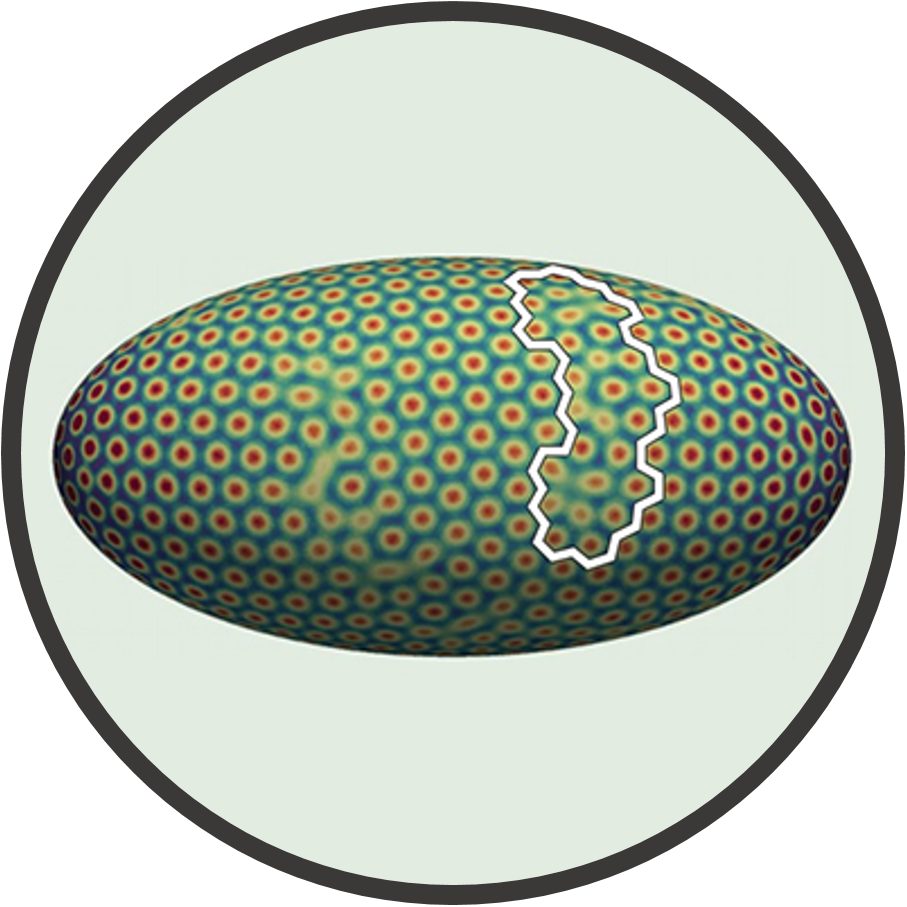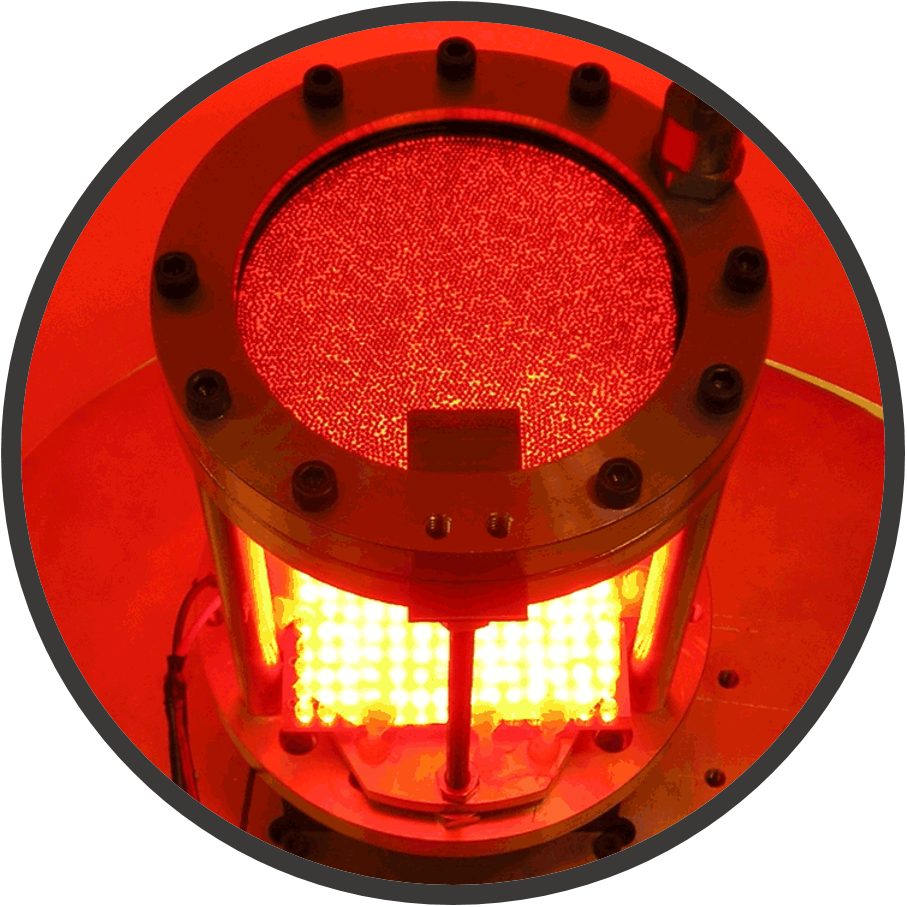 |
 |
 |
| Thin Rods | Shells and Plates | Fluids and Fluid-Structure Interaction |
 |
 |
 |
| Soft Materials and Structures | Fracture | Granular Materials |
Slender structures are ubiquitously subjected to mechanical instabilities, e.g. buckling. Engineering traditionally regards buckling as a first step towards damage or failure (e.g. in a load-bearing column). Its onset must be understood, and avoided, in order to ensure structural stability and integrity; an approach that we refer to as ‘Buckliphobia’. By contrast, in our work on ‘Buckliphilia’, we take an alternative point of departure to embrace mechanical instabilities of slender structures as opportunities for scalable, reversible, and robust functional mechanisms that are first to be predictively understood and then harvested for function.
From a fundamental perspective, the postbuckling regime offers exciting research avenues on the underlying geometric nonlinearities, which challenge existing analytical and computational frameworks in structural mechanics, and call for new developments. This prominence of geometry yields universal modes of deformation; albeit with thresholds that may be scale- and/or material-dependent. In practical settings, functional mechanisms based on instabilities can be instantiated over a wide range of scales, making the findings relevant to many natural and technological scenarios. These applications range from the wrinkling of biological tissue, thin elements in stretchable electronics and micro-actuators, to large civil engineering contexts such as deployable structures, gridshell roofs, domes, wellbore drilling and transoceanic cables.
Our high-precision model experiments on thin structures allow for a reduction of a problem to its essential physical ingredients in scaled laboratory environments. In the flexLab, we have been making usage of digital fabrication and rapid prototyping techniques in experimental mechanics to construct compliant structures with an unprecedented level of flexibility and versatility, in both geometry and materials. Moreover, digital imaging (high- resolution/speed and 3D-scanning) enables accurate quantification of the modes of deformation. We also complement my experiments with computation. Physical and numerical experimentation, while keeping the door open for serendipity and discovery, is paramount in generating invaluable physical insight that informs more formal predictive analyses. With these models at hand, we then implement them at the scale of the original problem (small or large) towards practical applications.
The following article provides a perspective on our changing relationship with Buckling:
P.M. Reis “A Perspective on the Revival of Structural (In)Stability with Novel Opportunities for Function: from Buckliphobia to Buckliphilia” J. App. Mech., 82(11), 111001 (2015). [html, pdf]